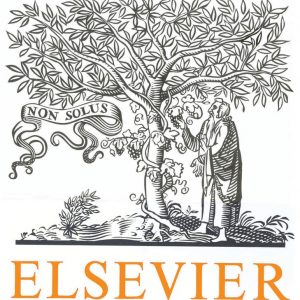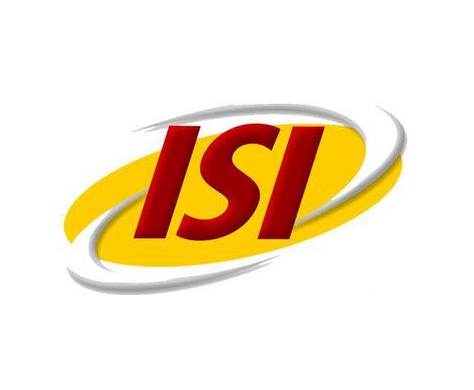دانلود رایگان مقاله لاتین نمونه کار استراتژی خرید بخار ذغال سنگ از سایت الزویر
عنوان فارسی مقاله:
یک مدل بهینه سازی مبتنی بر نظریه نمونه کارها برای استراتژی خرید بخار ذغال سنگ: مطالعه موردی شرکت برق تایوان
عنوان انگلیسی مقاله:
A portfolio theory based optimization model for steam coal purchasing strategy: A case study of Taiwan Power Company
سال انتشار : 2016

برای دانلود رایگان مقاله نمونه کار استراتژی خرید بخار ذغال سنگ اینجا کلیک نمایید.
بخشی از مقاله انگلیسی:
3. Theory and hypotheses development
3.1. Contingency theory To examine how risk taking propensity motivates the firm to take supply chain security initiatives, we adopted contingency theory in the strategic literature. In general, contingency theory aims to investigate how environmental variables influence the behavior of organizations (Lawrence and Lorsch, 1967). Contingency theory suggests that optimal decisions and actions are dependent on internal and external factors. To elaborate, Burns and Stalker (1961) introduced the contingency approach by making a distinction between mechanistic and organic forms of management and organization. The mechanistic form is related to routine technology and stable environments, whereas the organic form is related to changing technology and turbulent and uncertain environments. Different types of technical systems and the size of firms explain many of organizational characteristics (Woodward, 1965; Pugh, 1968). For example, Thompson (1967) introduced the contingency theory indicating that uncertainty played a crucial role in shaping and determining organizational structure under the assumption that organizations acted rationally. Similar to Davis and Powell (1992), he surmised that organizations attempted to achieve rationality and the desired outcome given different levels of uncertainty in technologies and environments. Such rationality can be broken down into three levels: (1) technical level; (2) managerial level; and (3) institutional level. Technical rationality includes long-linked, mediated, and intensive technology to carry out procession tasks. Managerial rationality mediates technical rationality and environments. Institutional rationality pertains to environments outside the organization. He believed that an organization should take into account contingent factors to resolve the tension between uncertainty and organizational rationality, regardless of its size and environments in which it operated. To sum up, contingency theory posits that the more organizational structures and processes can adapt to uncertain environments, the more successful the firms will be (Miller, 1992). In addition, Sousa and Voss (2008) observed that the contributions of contingency theory were achieved by (1) identifying important contingency variables that distinguish between contexts, (2) grouping different contexts based on these contingency variables, and (3) determining the most effective internal organization designs or responses in each major group. The internal and external contingency factors that helped establish these groupings have been identified in many contingency studies (Gupta, 1994; Homburg, 1999; Mintzberg, 1979; Sousa and Voss, 2008). These factors are organizational size, age, environment, and technology. Contingency studies also identified three different types of variables: (1) contextual variables, which represent situational characteristics exogenous to the focal firm and its managers; (2) response variables, which are the organizational or managerial actions taken in response to current or anticipated contingency factors; and (3) performance variables, which are dependent measures and represent specific aspects of effectiveness that are appropriate in evaluating the fit between the above two variables (Sousa and Voss, 2008). Gupta (1994) identified common dimensions among these variables, such as task difficulty, task variability, and task interdependence. Mintzberg (1979) identified stability, complexity, diversity, environment, and hostility as contingency variables and the design of the superstructure, positions, decision making, and lateral linkage as structural design parameters. Ho (1996) used the contingency theory to explain the relationship between environmental uncertainty and managerial choice, while assessing the impact of uncertainty and risk taking behavior on manufacturing strategy and firm performance. Later, Homburg (1999) found that market-related uncertainty, technological turbulence, and market growth could be external contingency factors.
برای دانلود رایگان مقاله نمونه کار استراتژی خرید بخار ذغال سنگ اینجا کلیک نمایید.
کلمات کلیدی:
22222
